青少版新概念教案4A-Unit16
- 格式:doc
- 大小:18.00 KB
- 文档页数:1
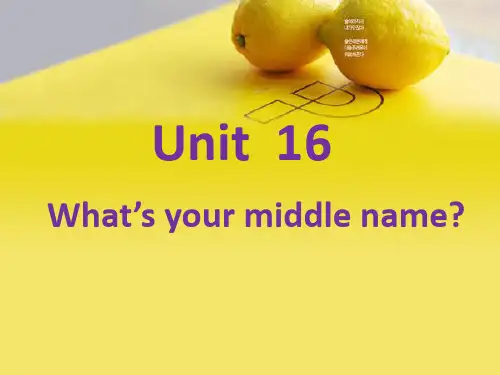
Unit 16 What’s your middle name?Let’s review some words.新闻我们的你们的他们的属于便条捡笔迹扔走奖牌干燥的居住幸存呼吸打哈欠有意思的尺寸剧院总是有时经常从来不榜样浪费药海边宾馆生活成为后面乘客公路午夜公寓获胜者l d m ['midl]n.中间d i e eg: What's your middle name?Justin Drew Bieber first lastmiddleRobert Thomas Pattinson罗伯特·托马斯·帕丁森g n w [rɔŋ]adj. 有问题的o rWhat’s wrong with her? Is there somethingwrong?怎么了?发生什么事了?Yes , there is.e m o [im'pɔsəbl]adj. 不可能的s si p l i b那是不可能的。
That’s impossible.有些事是不可能的。
Something is impossible.没什么事是不可能的。
Nothing is impossible.做某事是可能的。
It is impossible to ....eg:It is impossible to learn English well 学好英语是可能的。
2020/6/28m l t adv.一直h e a l i e t all the timePeter一直很懒。
Peter is very lazy all the time.那个女孩一直很胖。
That girl is very fat all the time.Jake 一直很聪明。
Jake is very clever all the time.v.停放park过去式:parked请不要在街上停车。
Please don’t park cars in the street.他正在把车停放在那棵大树旁边。
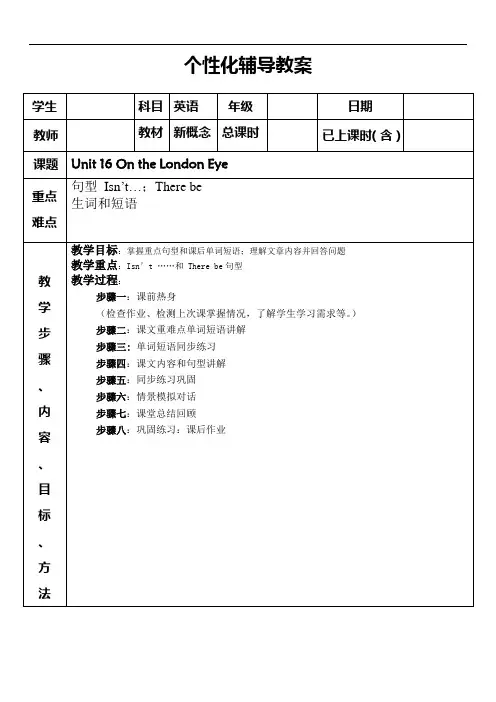
个性化辅导教案学科组长签字:一、重难点单词短语1. fun2. believe3. together4. bridge5. really6. pass7. any8. some9. ship10. its二、重点句型1.Isn’t …(1) 找出文中带有该句型的句子,并翻译。
(2) 用该句型造句(可适当给点提示和引导)。
2. There be…(1) 找出文中带有该句型的句子,并翻译。
(2) 用该句型造句(可适当给点提示和引导)。
三、课文内容理解1. 根据录音,说出中文意思2. 根据课文内容回答问题(1) Are they with Claire?(2) Is the River Thames black and brown?(3) Is the Tower Bridge open?(4) Is there a ship there?(5) Are there any boats there?(6) Is there Westminster Bridge down there?(7) Are there any people on the bridge?(8) Are there any cars and buses?(9) What’s grey and silver?(10) Who can see Tower Bridge?(11) Who can see a ship?(12) Where are Daisy, Jack and Claire?(13) What color is the river?(14) What time is it now?(15) How many ships are there near Tower Bridge?四、Homework(作业)1、根据课文,提出至少三个问题,并将问题下在下面横线上。
①②③④2、根据课文写出下列句子的中文意思。
①Isn’t this fun?②It’s beautiful.③Can you believe it?④There are some boats, too.⑤There are some cars and buses, too.⑥It’s twelve o’clock.⑦We’re all together.⑧Isn’t London just great.3、请拼写出下列单词。
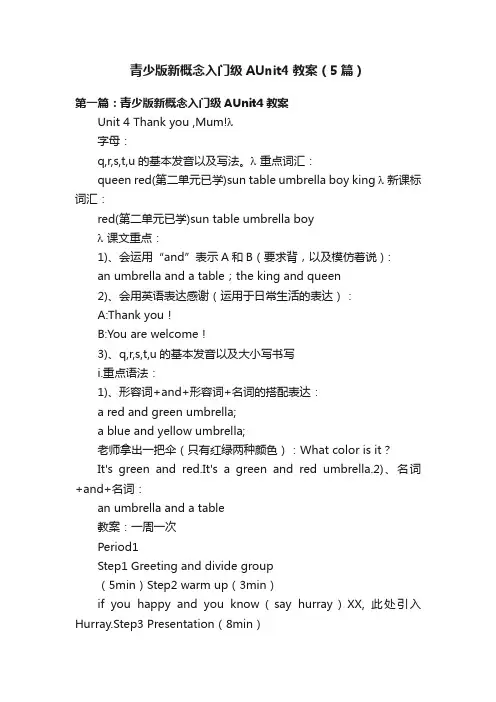
青少版新概念入门级AUnit4教案(5篇)第一篇:青少版新概念入门级AUnit4教案Unit 4 Thank you ,Mum!λ字母:q,r,s,t,u的基本发音以及写法。
λ重点词汇:queen red(第二单元已学)sun table umbrella boy king λ新课标词汇:red(第二单元已学)sun table umbrella boyλ课文重点:1)、会运用“and”表示A和B(要求背,以及模仿着说):an umbrella and a table;the king and queen2)、会用英语表达感谢(运用于日常生活的表达):A:Thank you!B:You are welcome!3)、q,r,s,t,u的基本发音以及大小写书写i.重点语法:1)、形容词+and+形容词+名词的搭配表达:a red and green umbrella;a blue and yellow umbrella;老师拿出一把伞(只有红绿两种颜色):What color is it?It's green and red.It's a green and red umbrella.2)、名词+and+名词:an umbrella and a table教案:一周一次Period1Step1 Greeting and divide group(5min)Step2 warm up(3min)if you happy and you know(say hurray)XX, 此处引入Hurray.Step3 Presentation(8min)天气很好,小男孩boy准备外出参加Pop他们的派对,引出sun,table,umbrella,queen,king.(What can you see)Step4 Practice(35min)sunDrill:①自然拼读②do and saytable Drill:①自然拼读②run to the table(touch and say)umbrella(实物)Drill:①自然拼读②call number queen Drill:①自然拼读②cat ch and say king.Drill:①自然拼读②jump and sayPage21.4 整体整合单词(Point and say/ Jump and say)Period2 Step1.warm up(2min)(happy happy together)Step2.Review key words (5min)(跳房子和闪卡)Step3.Listen and chant(P23)(10min)Drill:①Listen and clap②Listen and touch the wor ds③萝卜蹲游戏(一人一个重点单词,教师朗读chant)④chant Step4.通过前一步的chant引入今日语法 and(10min)T:What’s this?Ss:An umbrella.What color is it?Red and blue.Drill: Ask and answer(替换)Step5.情景对话(课文)(10min)T:Give me the “umbrella(本课重点单词)” Ss:an umbella T: Thank you, good boy(girl).Ss:Hurray.Drill:①T 示范,练习②学生分组练习(对话课文)Step6.Review all the words and lead in the letters QRSTU(10min)① 带读字母,并做字母操。
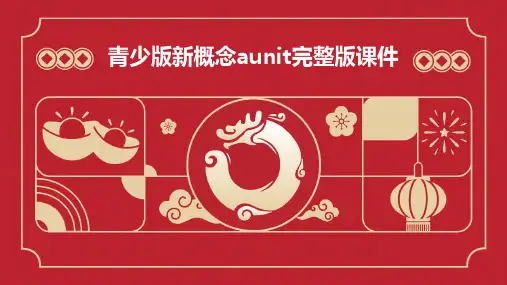
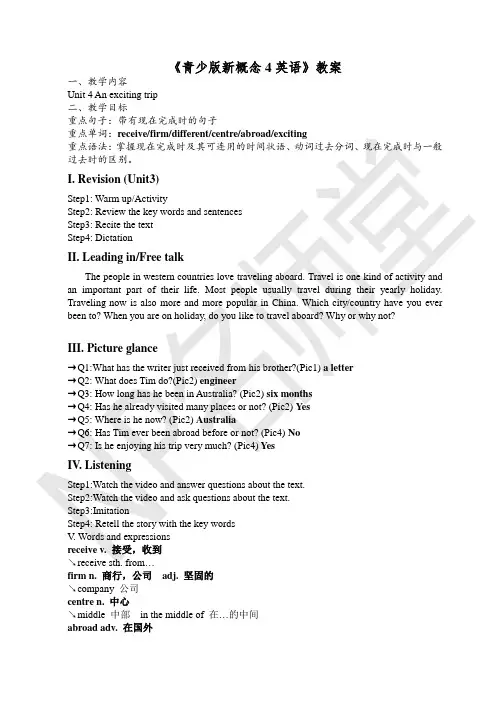
《青少版新概念4英语》教案一、教学内容Unit 4 An exciting trip二、教学目标重点句子:带有现在完成时的句子重点单词:receive/firm/different/centre/abroad/exciting重点语法:掌握现在完成时及其可连用的时间状语、动词过去分词、现在完成时与一般过去时的区别。
I. Revision (Unit3)Step1: Warm up/ActivityStep2: Review the key words and sentencesStep3: Recite the textStep4: DictationII. Leading in/Free talkThe people in western countries love traveling aboard. Travel is one kind of activity and an important part of their life. Most people usually travel during their yearly holiday. Traveling now is also more and more popular in China. Which city/country have you ever been to? When you are on holiday, do you like to travel aboard? Why or why not?III. Picture glance→Q1:What has the writer just received from his brother?(Pic1) a letter→Q2: What does Tim do?(Pic2) engineer→Q3: How long has he been in Australia? (Pic2) six months→Q4: Has he already visited many places or not? (Pic2) Yes→Q5: Where is he now? (Pic2) Australia→Q6: Has Tim ever been abroad before or not? (Pic4) No→Q7: Is he enjoying his trip very much? (Pic4) YesIV. ListeningStep1:Watch the video and answer questions about the text.Step2:Watch the video and ask questions about the text.Step3:ImitationStep4: Retell the story with the key wordsV. Words and expressionsreceive v. 接受,收到↘receive sth. from…firm n. 商行,公司adj. 坚固的↘company 公司centre n. 中心↘middle 中部in the middle of 在…的中间abroad adv. 在国外↘go aroad 去国外live abroad 国外定居study abroad 国外学习different adj. 不同的↘difference n. 差别↘be different from & the same asexciting adj. 令人兴奋的↘excite v. 刺激,兴奋,激动->excited : adj 兴奋的,激动的(brainstorm: interesting; relaxing; boring; disappointing...)注意区分:-ed: 自己感到/ -ing:令人感到e.g. exciting boy The news is exciting.I am excited. The news excited me.work for 在…上班、任职work in 强调地点work for强调work work as 强调职业VI. Grammar focus:1. Find the sentences of present perfect in the text.A. I have just received a letter from my brother.B. He has never been abroad before.现在完成时的动词结构have/has + done (动词的过去分词)2. 为什么用现在完成时?1) 表示过去对现在的影响A句潜在意思: I’m reading the letter or now I can tell you the content of the letter.2) 时间状语是时态的标志,有时助动词have或has间会加入时间副词,如just, never, so far, already, ever, etc. 或者在句尾或句首,会有for + 一段时间, since + 时间点, so far, etc. 此时,动作不一定完成。
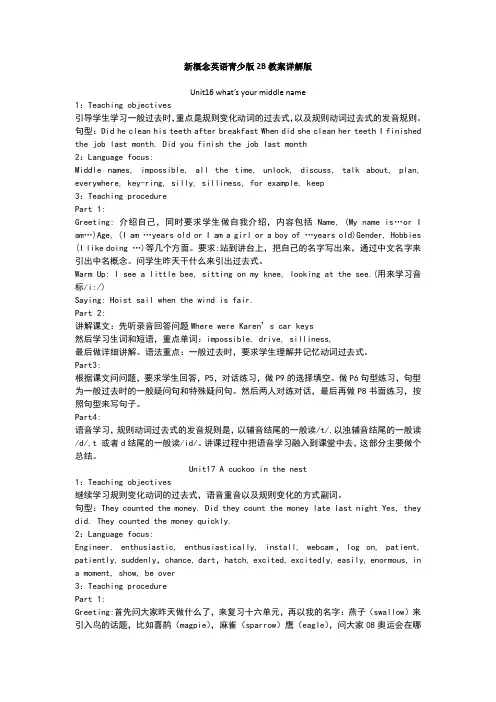
新概念英语青少版2B教案详解版Unit16 what’s your middle name1:Teaching objectives引导学生学习一般过去时,重点是规则变化动词的过去式,以及规则动词过去式的发音规则。
句型:Did he clean his teeth after breakfast When did she clean her teeth I finished the job last month. Did you finish the job last month2:Language focus:Middle names, impossible, all the time, unlock, discuss, talk about, plan, everywhere, key-ring, silly, silliness, for example, keep3:Teaching procedurePart 1:Greeting: 介绍自己,同时要求学生做自我介绍,内容包括Name, (My name is…or I am…)Age, (I am …years old or I am a girl or a boy of …years old)Gender, Hobbies (I like doing …)等几个方面。
要求:站到讲台上,把自己的名字写出来,通过中文名字来引出中名概念。
问学生昨天干什么来引出过去式。
Warm Up: I see a little bee, sitting on my knee, looking at the see.(用来学习音标/i:/)Saying: Hoist sail when the wind is fair.Part 2:讲解课文:先听录音回答问题Where were Karen’s car keys然后学习生词和短语,重点单词:impossible, drive, silliness,最后做详细讲解。
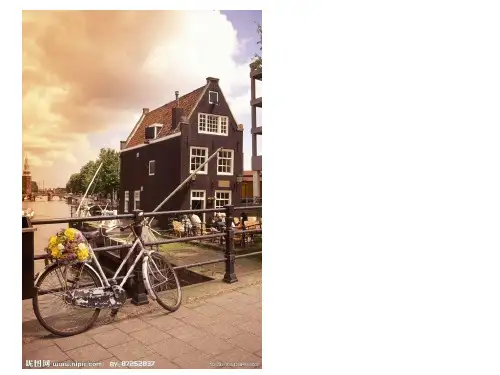
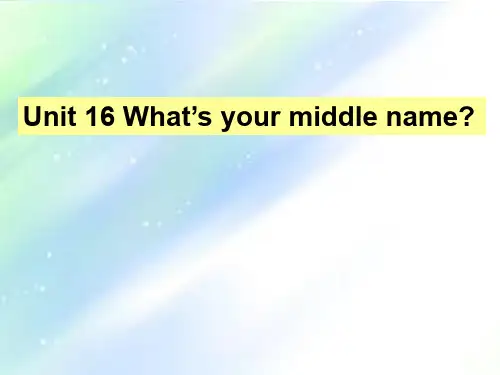

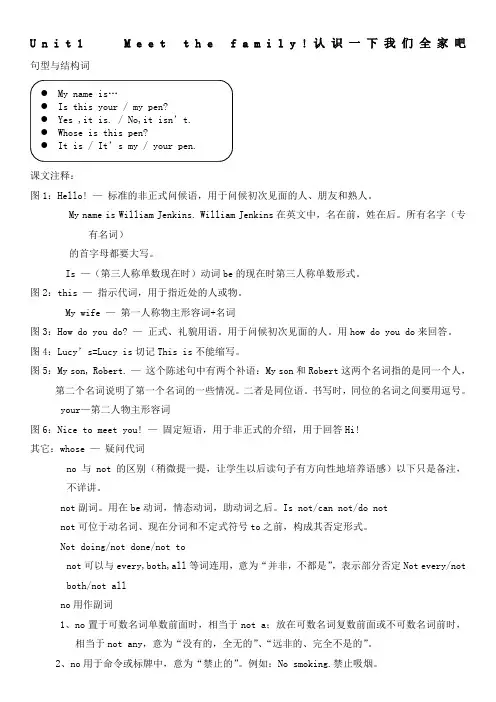
U n i t1M e e t t h e f a m i l y!认识一下我们全家吧句型与结构词课文注释:图1:Hello! —标准的非正式问候语,用于问候初次见面的人、朋友和熟人。
My name is William Jenkins. William Jenkins在英文中,名在前,姓在后。
所有名字(专有名词)的首字母都要大写。
Is —(第三人称单数现在时)动词be的现在时第三人称单数形式。
图2:this —指示代词,用于指近处的人或物。
My wife —第一人称物主形容词+名词图3:How do you do? —正式、礼貌用语。
用于问候初次见面的人。
用how do you do来回答。
图4:Lucy’s=Lucy is切记This is不能缩写。
图5:My son, Robert. —这个陈述句中有两个补语:My son和Robert这两个名词指的是同一个人,第二个名词说明了第一个名词的一些情况。
二者是同位语。
书写时,同位的名词之间要用逗号。
your—第二人物主形容词图6:Nice to meet you! —固定短语,用于非正式的介绍,用于回答Hi!其它:whose —疑问代词no 与not的区别(稍微提一提,让学生以后读句子有方向性地培养语感)以下只是备注,不详讲。
not副词。
用在be动词,情态动词,助动词之后。
Is not/can not/do notnot可位于动名词、现在分词和不定式符号to之前,构成其否定形式。
Not doing/not done/not tonot可以与every,both,all等词连用,意为“并非,不都是”,表示部分否定Not every/not both/not allno用作副词1、no置于可数名词单数前面时,相当于not a;放在可数名词复数前面或不可数名词前时,相当于not any,意为“没有的,全无的”、“远非的、完全不是的”。
2、no用于命令或标牌中,意为“禁止的”。

新概念英语青少版入门级A教案Unit 1 Hello!课题:Hello!教学目标:1.学会元音字母a和e的短音自然发音[æ]、[e].2.能听懂、会说、会认读以下单词:hi,hello,fish,cat,dog,ball,apple,egg.3.能用hi, hello打招呼并且能简单地用yes,no简单地回答问题教具准备:1教师准备自然发音的舌头体操在黑板上。
2教师准备DVD及教案。
教学过程:1.讲授元音字母a、e的短音发音规则,并操练[æ]和[e]的相关单词及舌头体操:a.Sad dad and mad Dan ran on the sand.b.My hen lay an egg everyday.2.视听DVD,学习打招呼,用yes,no简单地回答问题。
3.做游戏。
教师戴上“elephant”头饰做裁判,让全体幼儿也戴好头饰。
大家手拉手成一圆圈,边走边念儿歌:“森林里,真热闹,小动物来赛跑,大象伯伯当裁判,点到谁,谁就跑!”念完时教师出示动物字卡,如:“dog”,戴着“dog”头饰的幼儿就绕圈跑一周,跑回自己的位置。
游戏反复进行。
4.完成同步练习。
5.将学生分组进行分角色对话,练习口语交流。
作业:1.大声朗读自然发音、生词并记忆。
2.练习打招呼的对话以及用本单元学过的单词与句型与搭档互换角色相互问答。
教学反思:一二年级的孩子已经具有了一定的词汇量和口语表达量,但是要开始注重规范书写了。
Unit 2 Yummy!课题:Yummy!教学目标:1.学会元音字母i、o、u的短音自然发音[i]、[ɔ]、[u].2.了解一些口语俚语yummy,yuk,help,stop.3.掌握重点词汇:girl,hat,insect,jelly,kite,green,red.教具准备:1教师准备自然发音的舌头体操在黑板上。
2教师准备教学果冻、卡片、DVD及教案。
教学过程:1.讲授元音字母i、o、u的短音发音规则,并操练[i]、[ɔ]、[u]的相关单词及舌头体操:a.A big ship is sailing on the sea.b.Clock on the top of the box.c.The bug jumped up onto the bus.2.发给每位小朋友一个果冻,教其说"Yummy!"。
新概念英语4A备课教案
周次第次月日
主题Unit 16 A polite request
教学目标1. 学习课文中交通法规相关话题的故事;
2.学习if引导的条件句的用法;
3.复习直接引语和间接引语的用法。
教学重难点:1.Key words:request park(one's car) traffic ticket Sweden note sign reminder obey
2. Grammar :if条件句, 直接引语和间接引语的用法。
教学过程一.Warm-up :
1.Greeting and review the last unit.
2.Free talk about .
二.Presentation
1. Look at the pictures and guess the meaning。
2. Listen to the story twice and understand the general ideas and underline the new vocabulary or phrases.
3. Answer the questions:
4.T-ss build the story together picture by picture and pay attention to the dialogs, new words and phrases.
5.Retell story with giving clues writing by teacher on board.
三. .Grammar teaching
1、You will be very lucky if he lets you go without a ticket. get a ticket:吃罚单give a ticket:开罚单
2、Traffic police are sometimes very polite.
police:警察,形式上是单数,概念上是复数,后面动词用复数形式a policeman--(pl.)policemen
a policewoman--(pl.)policewomen
3、Sir, we welcome you to our city. This is a "No Parking" area. Sir:对男性的礼貌称谓,直接称呼的时候不和姓相连Madam:对女性的礼貌称谓No Parking:(标示语)禁止停车
4、If you receive a request like this, you cannot fail to obey it! fail to do sth.:未能做某事,忘记或疏忽做某事fail v.失败
if引导的条件状语从句
if既可引导一个真实条件状语从句又可引导一个非真实条件状语从句注:)真实条件句: 假设很有可能发生.如If it snows 2)如果在条件从句中, 从句往往是一般现在时, 主句仍然为一般将来时真实条件句中, 从句往往为现在时, 主句中会用一般将来时或祈使句3)对照课文,如果对该语法点不太明确,请查阅HJ英语语法大全在线词典
四.Finish the practice
五.Homework: 1.Copy and memorize the new vocabulary.
2. Recite the text.
3. Finish the grammar exercise.。